50 Customer Value Propositions for Ecommerce Retailers
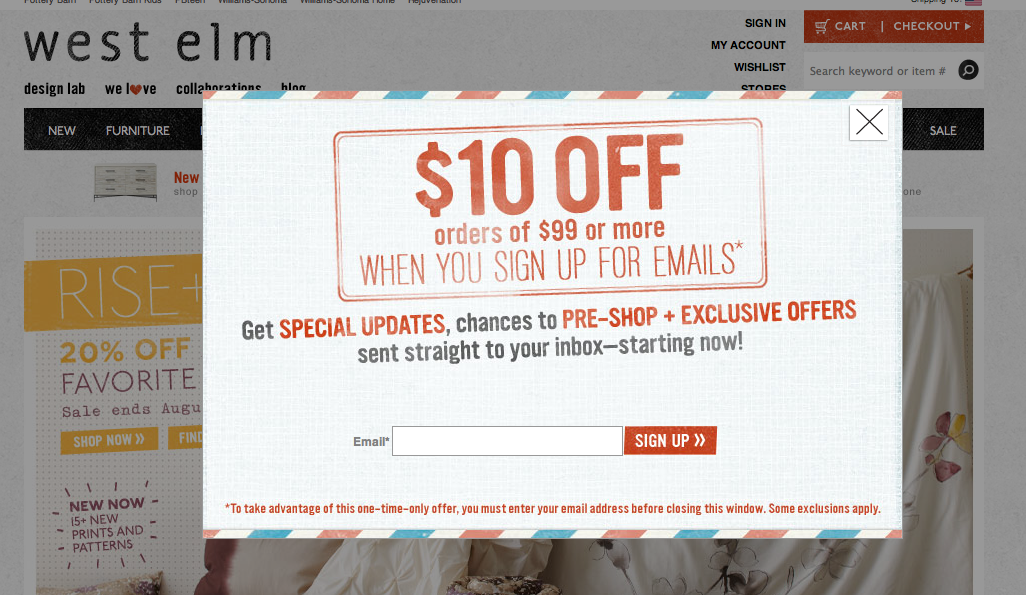

One of the biggest challenges for ecommerce companies is setting yourself apart from the crowd.
That’s where value propositions–or features and services that make you more attractive to customers–come in handy.
When you use effective value propositions, you help customers understand what makes you different, which can result in more conversions and revenue.
These 50 value propositions will help you compete in today’s competitive market, without necessarily having to lower the price of your product or service.
Here are 50 tried and tested value propositions to increase conversions and customer lifetime value.
Free shipping can help set you apart from competitors, and it’s become a necessity to compete against Amazon.
However, it doesn’t mean you need to lose money on sales.
Try adding it to your product prices and see if it increases conversions–you might be surprised from the lift even if product prices stay static.
Often ecommerce stores lose business when customers get stuck somewhere in the checkout process.
While Facebook messenger developments for many retailers have been slow to take off, you can bet customers are always looking for easier ways to get instant help.
REI offers live help to help people get through the checkout process and increase conversions.
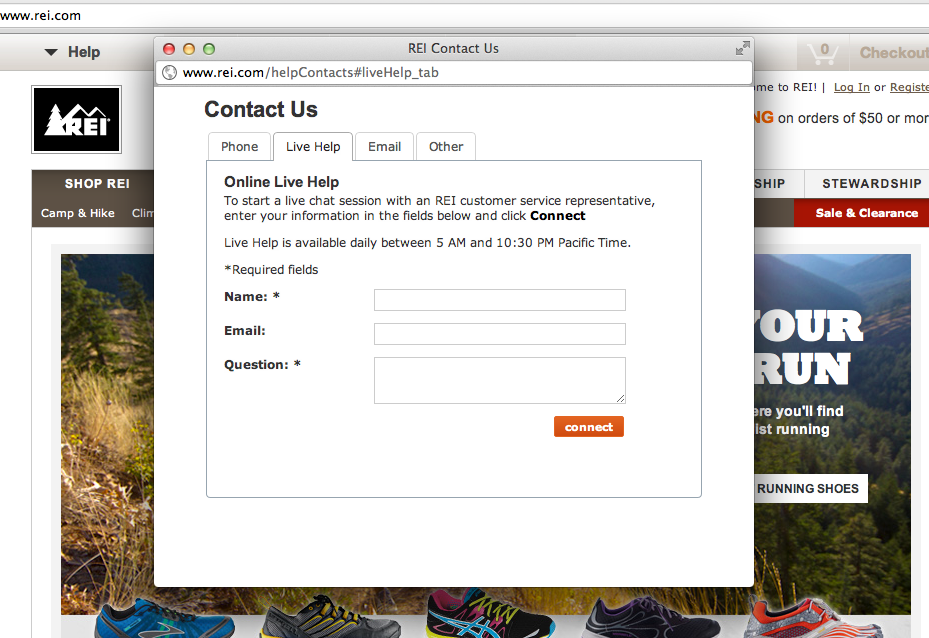
Offering consumers a deal of the day is a great way to connect consumers with your brand—building brand loyalty. You can offer the option for customers to get updated on the deal of the day via email.
Make it easy for customers to view the status of their orders, and track shipping. This is a must, and nearly every successful retailer is doing it. You don’t want to stand out for what you don’t have.
Amazon does a great job of showing customers items that are recommended based on past purchases and browsing history. This can present great cross-selling and upselling opportunities.
Zappos offers a 365-day return policy. Yes, everyone points to Zappos as the gold standard in customer service, but it’s starting to become the norm.
Even if your prices end up being a bit higher than other retailers, many consumers will appreciate a generous return policy.

Offering special coupon codes in promotional emails is a great way to drive people to your ecommerce store. You can also target shoppers on Facebook and Google text ads with those promos to drive traffic.
When buying gifts for out of town friends, people often turn to online retailers. And in general, wrapping presents isn’t a favorite part of gift-buying for most people. Be sure to offer a gift wrapping option for a slight upsell.
Provide a way for customers to share their favorite stores with friends via email gift cards–there are few things more powerful than friend and family referrals.
Gift cards can sometimes feel impersonal. Make sure that you offer gift cards for a variety of occasions, and make them customizable so people can add their personal touch. On Amazon, customers can insert a photo to customize their gift cards.
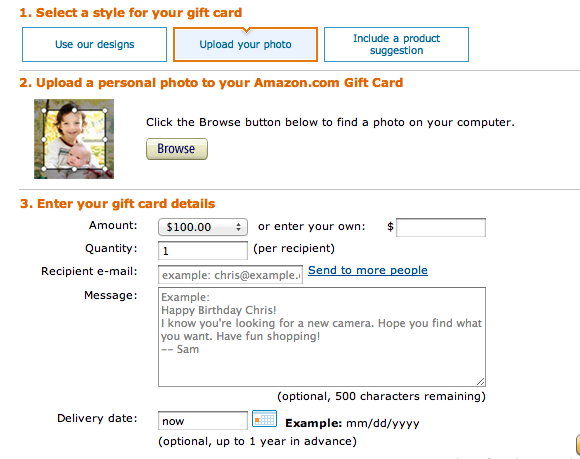
If you have a complicated product, informational videos and explanatory blog posts can help people understand how to properly use your product or service and see the value it can provide. And hey, the more you keep customers coming back to your site, the better.
If someone is unfamiliar with your product, listing best sellers can help them have more confidence in their purchase.
A surefire way to lose repeat customers is to add hidden charges.
Customers are inundated with emails from all sorts of retailers these days.
Deal-a-day sites, discount clothing companies, and big retailers like Amazon and Walmart are competing with your emails that go to prospective customers.
How do you win that war? Work on making valuable emails that are irresistibly clickable.
Many customers turn to Twitter and Facebook to voice complaints regarding products and shopping experience. Be present and respond promptly to concerns and offer effective solutions.
People want to make sure their personal information is protected. Make sure you display your VeriSign and other secure badges, and if possible, ensure your site is updated to HTTPS (not HTTP).
Make sure it’s easy for customers to checkout via your ecommerce site. You will need to test the user experience many times and check in frequently to where customers drop off your site (via Analytics) in order to make real progress. Oh, and the shorter the checkout process, the better.
One way to set yourself apart from your competition is to make sure you have prompt customer service that goes above and beyond to rectify customer complaints. This can keep customers coming back even when your prices are higher than others.
Sometimes, people prefer different shipping companies. Offer at least two options of different carriers–but at the end of the day, your customer will care most about whether your shipping is free or fast.
Make it valid for a limited time to increase urgency.
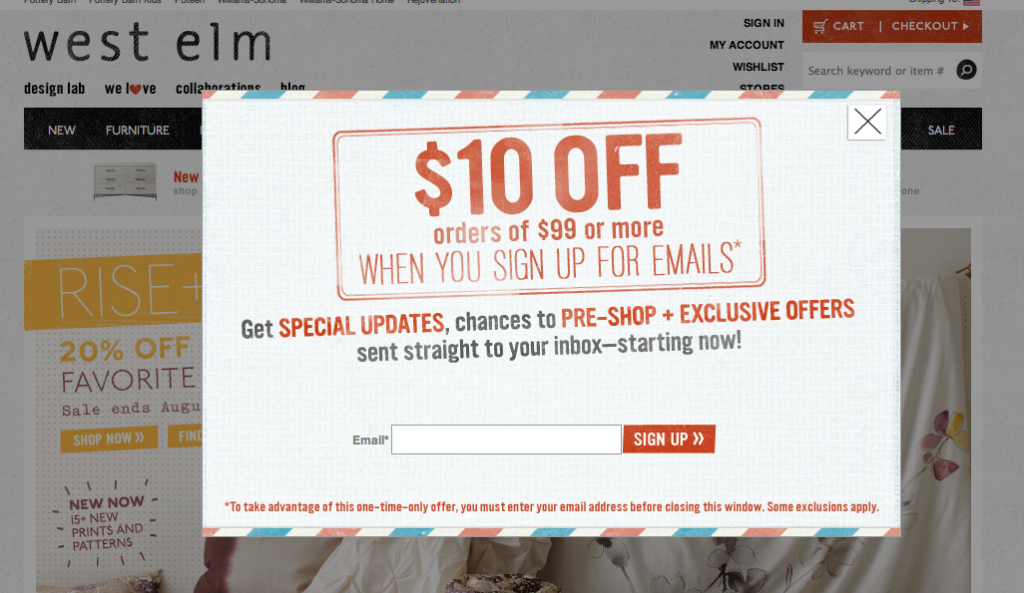
Whether it’s via social media, or blogs—coupon codes can encourage customers to share positive experiences with others.
If you don’t have live support, make sure that you respond to emails promptly. If you can respond while someone is still shopping, they’re much more likely to finish the checkout process. This is even more crucial when someone complains in a public place such as Facebook comments. Trust us, people will notice if you don’t respond.
If someone abandons their cart mid-checkout, be sure to follow up with an email offering resources asking if they need help completing their purchase. It’s possible they simply got interrupted during the checkout process and needed a reminder to go back.
You can also target cart abandoners with ads on Facebook and Google.
Make sure it’s clear that the offer applies just to those who are email subscribers, or you’ll lose the exclusivity factor. If you want to take it up a notch, work on creating a VIP program or plan for specific segments of subscribers–whether they’ve spent a specific amount or they’ve shared your company with a specific number of other shoppers.
If someone decides not to upgrade after using a trial version of your product, or they decide to cancel their service, it’s important to understand why.
If it’s for monetary reasons–say your product no longer fits their budget–offer them a deal that they can’t say no to.
Barkbox does an incredible job by first asking why a customer wants to leave, then tailoring an offer right from the cancellation page.
Allow customers to compare similar items to find something that fits their needs specifically, and provide all the information they need to go through with a purchase.
They’ve been called VIPs–whatever you define as a loyal customer, you should be incentivizing them. Don’t take them for granted, or they’ll shop elsewhere. Giving special deals to loyal customers will increase their brand loyalty.
If someone refers a friend to your site, offer both people a discount on their next purchase. Add social sharing buttons and email links to make it super easy.
Hearty Pet lets users sign up for automatic delivery so they’re sort of on a payment plan with products. This is awesome for sellers with CPG goods such as dog food.
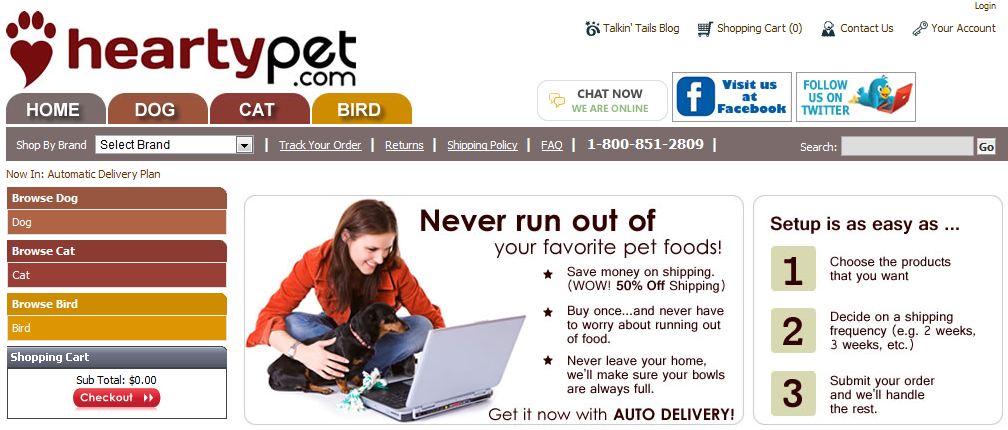
It can be helpful to have forums for customers to help other customers troubleshoot issues and ask questions to other users. It’s also a great way to learn how people are using your product and ways you can improve.
People like to connect with companies they buy from–and this is especially true for millennials. Be sure that your about us page effectively communicates your companies vision and mission and highlights the value you offer customers.
Send an email following up with customers after their first purchase. Offer to answer questions and thank them for their order, and if you’re feeling bold, ask for a review.
Speaking of reviews, send emails to customers after they have had a chance to try out their new product and ask them to write a product review on a channel that’s valuable to you.
At the very least, if a customer is unhappy with their purchase, you can address issues and learn more about how to improve products.
People love a good mission statement or cause–and it can make them feel better about that $125 pair of leggings they just purchased. Today’s consumers like to support companies that they view as responsible retailers who give back to local communities or causes.
It’s not easy to find the perfect gift for every person on your list. Make it easier on shoppers by offering either a beautifully designed catalog or online gift idea generator, depending on who your audience is and what they prefer.
If you’re going to offer it, make sure you stand by it.
If customers find a lower price somewhere else, honor that price. You may make less on the sale, but you’re keeping the customer shopping at your store.
Some businesses may decide that free shipping on all items isn’t feasible. However, even offering free shipping over a certain amount can help increase average cart size.
When it comes customer service, people want to speak with a real person—customers can tell when customer service representatives are required to stick to a script.
While you’re at it, give your customer service representatives more freedom to give customers what they want. You’ll know you’ve failed when too many customers ask to “speak to a manager”.
Make sure customers feel special by sending them coupons and special offers on their birthday.
When people buy a gift card online, chances are they are doing it last minute. Make sure they can print out a gift card to present it as a gift in person, or simply send it virtually via email.
Content marketing is probably the biggest marketing movement in the last 5 years, and for good reason–a solid blog can drive traffic to your site and keep your current customers coming back for more. HeartyPet offers a blog that helps it’s customers understand common problems with pets and how to fix them.
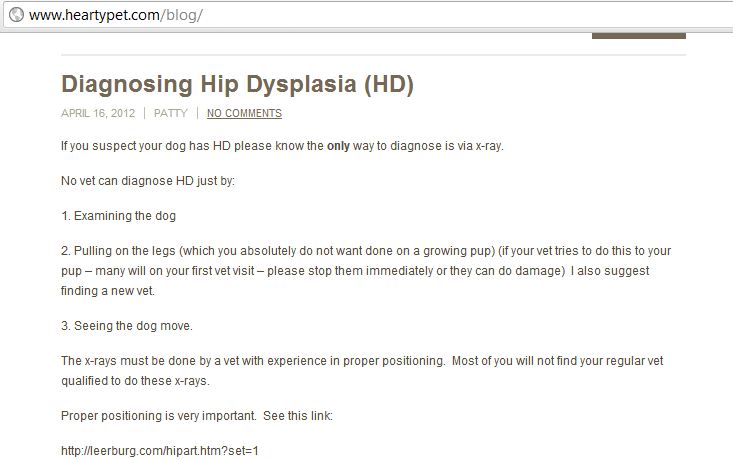
This can help customers narrow down their search while giving you insight into their preferences. Valuable for all involved.
This includes your mobile site design, as more and more shoppers gravitate towards their phones to research products and even make purchases.
Make sure your site is smooth, fast, and gives customers what they want. You’ll likely have to invest significant time and resources into this type of update, but trust us, it’s worth it.
Make sure your customer service staff can answer specific questions about products, as well as make recommendations based on customers’ needs.
Great customer service is important whether it’s live chat, email or by phone, and will reduce a lot of frustration for both parties.
Demonstrate how people can save money by using your business. This might mean you start with a tiered or subscription plan that gets customers started, and all of your copy should reflect the savings your customers will get.
Subscription services like Birchbox do this well by showing the value of each of the items that come in a shipment for one low price.
There’s something unique about your company. If there isn’t, you’re probably not going to survive online. Be sure it’s easy for customers to see what sets you apart from your competition, whether it’s via your blog or social channels.
People expect you to say how great your own products are. It’s not really that compelling. But when they see other people agree with you–people like them–it’s a little more convincing.
Depending on the type of audience you cater to, it could be valuable to make a “sale” tab for products easy to find. HUGO Boss makes it easy:
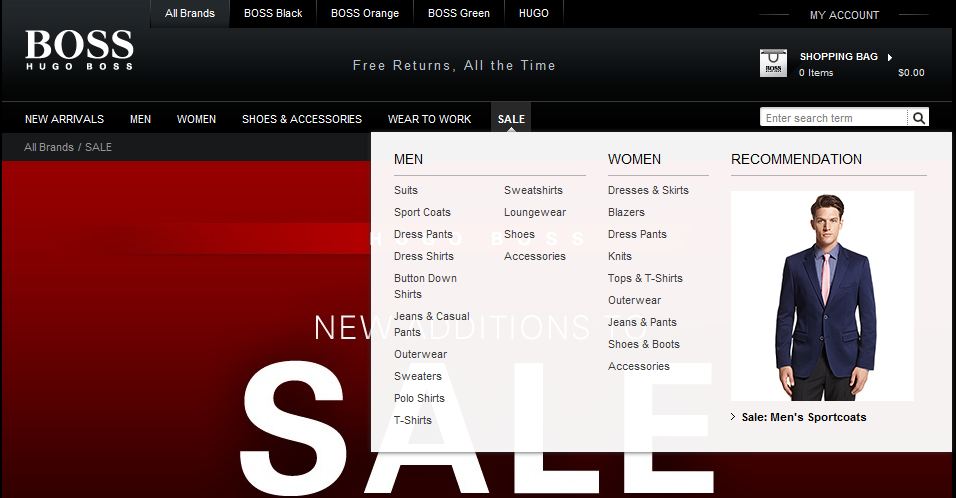
Don’t settle for a standard site search, because it could result in frustrated customers.
If a search for a “black cardigan” doesn’t show black cardigans, you can bet your customer–who has already indicated bottom-of-the-funnel intent with their search–won’t be pleased.
When the CEO of a business reaches out and check in on a customer’s experience (and offer goodies or freebies beforehand or to say thanks for talking to you), it can leave a lasting impression on a customer.
This often works better if you’ve built a brand around yourself (think: homegrown dog food by mom and pop) or you’re a local business. Make it personal and memorable for a long time and you’ll be sure to have created a long-term customer.
What other value propositions would you add to the list? How can companies effectively set themselves apart in today’s competitive ecommerce marketplace?
